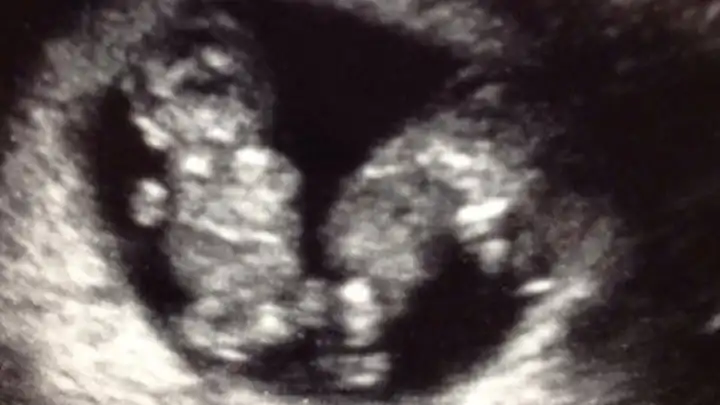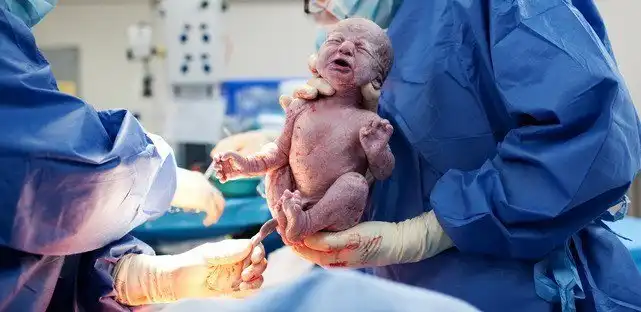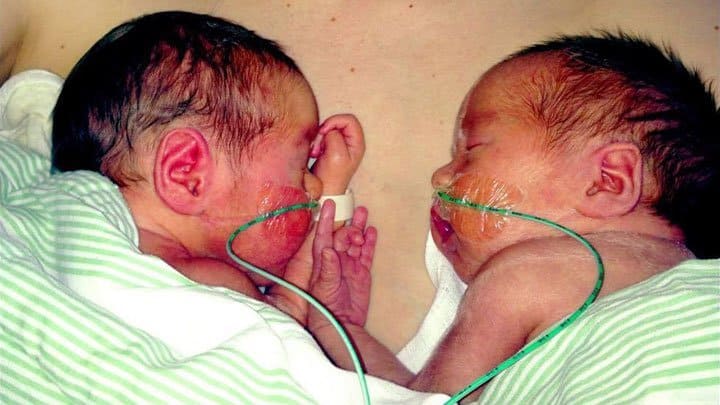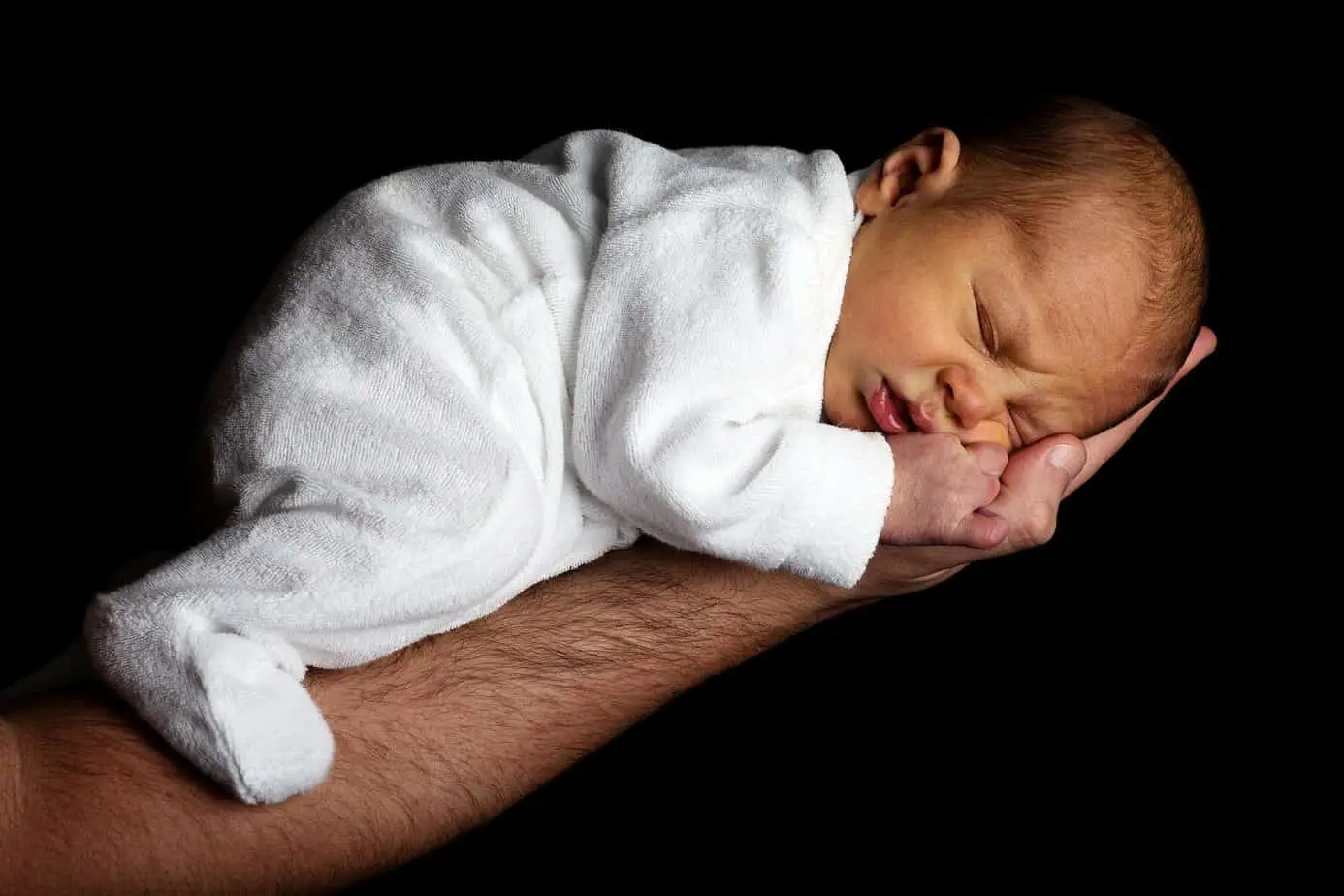Researchers Examine Placentas of SGA Twins
A Canadian study examines the placentas of twins and singletons to determine whether or not reduced fetal growth differ between the two groups. Twin fetuses grow slower during the third trimester and are more likely to be diagnosed with growth restriction compared with singletons. The researchers looked at whether the diagnosis of small for gestational age in twins has the same implications and should trigger the same management as in the case of small for gestational age singletons. Some researchers believe the slower growth of twins is due to placental insufficiency (as with singletons). Others believe it’s in response to the physical constraints of the uterus needing to grow two fetuses simultaneously. The researchers in this retrospective cohort study tested the hypothesis that reduced fetal growth in twins is caused by the physical constraints of the uterus.
Birth weight below the 10th percentile
The researchers conducted a study of all small for gestational age newborns from singleton and dichorionic twin pregnancies in a single tertiary referral center in Canada between January 2002 and December 2015. Small for gestational age was defined as birth weight below the 10th percentile according to gender specific national reference charts. If a baby’s estimated weight is in the 10th percentile it means that the baby is among the smallest 10 percent for babies that are his or her gestational age. The researchers excluded monochorionic twins, babies with a birth age below 24 weeks, babies with major fetal abnormalities, stillbirth or pregnancies where selective reduction had been carried out. All placentas were reviewed in detail. Among other things, the researchers looked at placental weight and abnormalities of the placenta and umbilical cord. They also examined the neonatal outcomes. The neonatal period is the first four weeks after birth. The rate of placental abnormalities were compared between the twin and singleton group.
Preterm birth less common with twins
532 small for gestational age twins and 954 small for gestational age singletons met the inclusion criteria of the study. The researchers found that the rate of small for gestational age was 21 percent among twins. It was 7.9 percent among singletons. Women in the small for gestational age twins group were older and were less likely to have preexisting hypertension. The rate of pregnancy-related hypertensive complications were considerably lower among women with small for gestational age twins compared with women in the singletons group. The rate of preterm birth at less than 34, 32 or 28 weeks were significantly lower among small for gestational age twins compared with singletons. Small for gestational age twins were less likely to have a birth weight below the 5th or 3rd percentile and to have low 5-min Apgar score compared with the singleton group.
Smallness in twins may be less benign
The rate of cord abnormalities also differed between the two groups. Small for gestational age twins were less likely to have any placental pathological diagnosis, hypercoiled cord or small placenta. However, they were more likely to have a marginal or velamentous placental malperfusion. In conclusion, the researchers stated that placental findings differed between singletons and twins. That seems to provide support to the hypothesis that the relatively smallness of twins is less likely to be the result of placental insufficiency and may instead reflect an adaptive process. This could mean that smallness in dichorionic twins may be more benign than in singletons.














